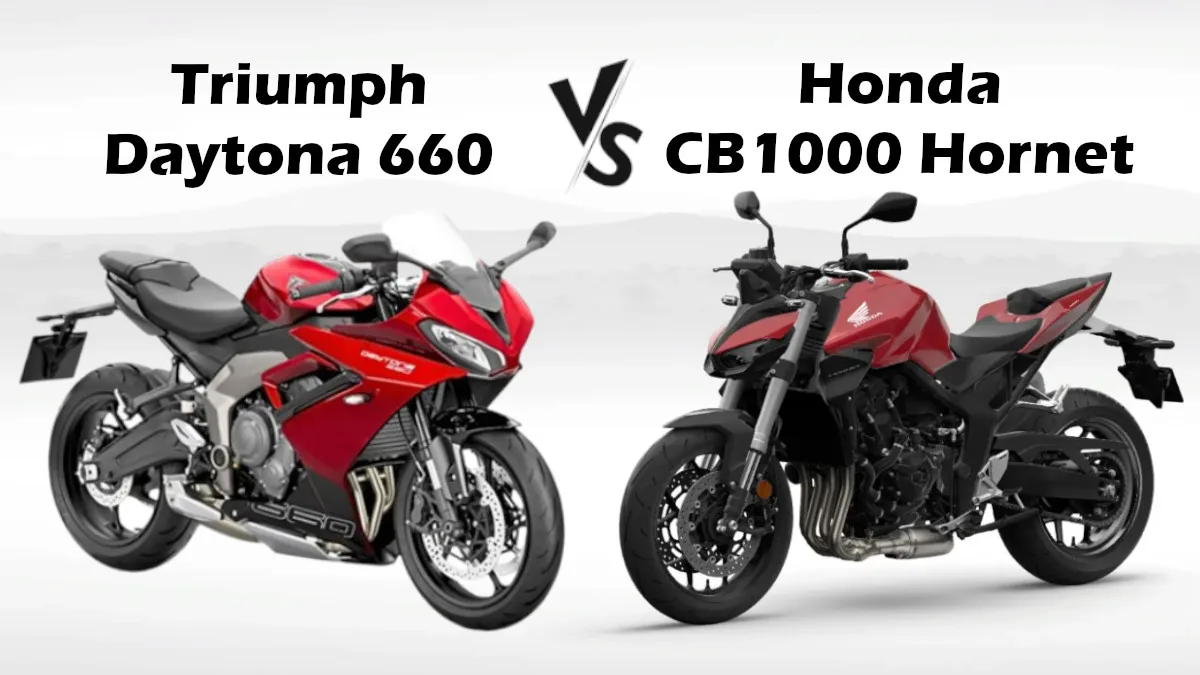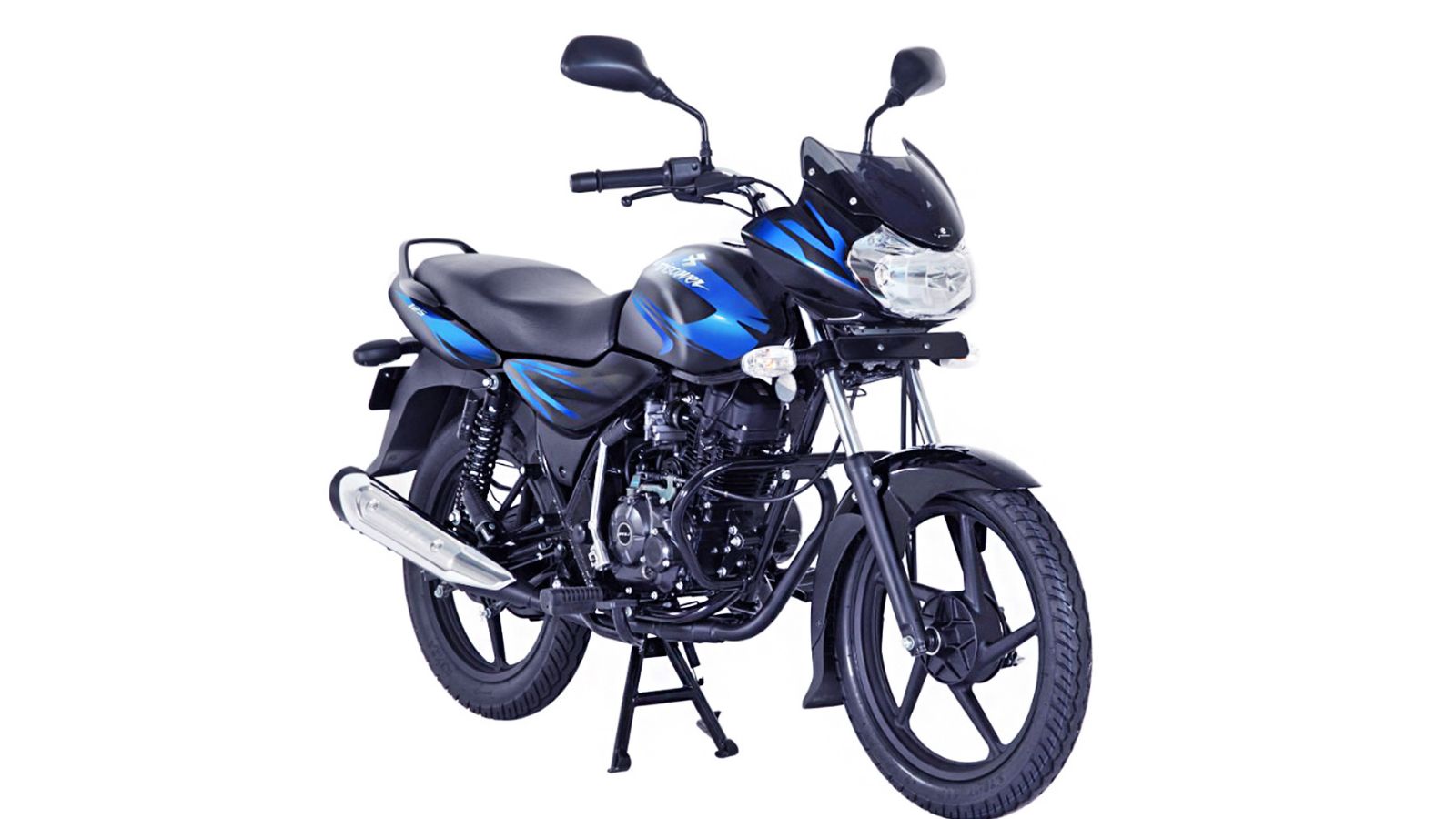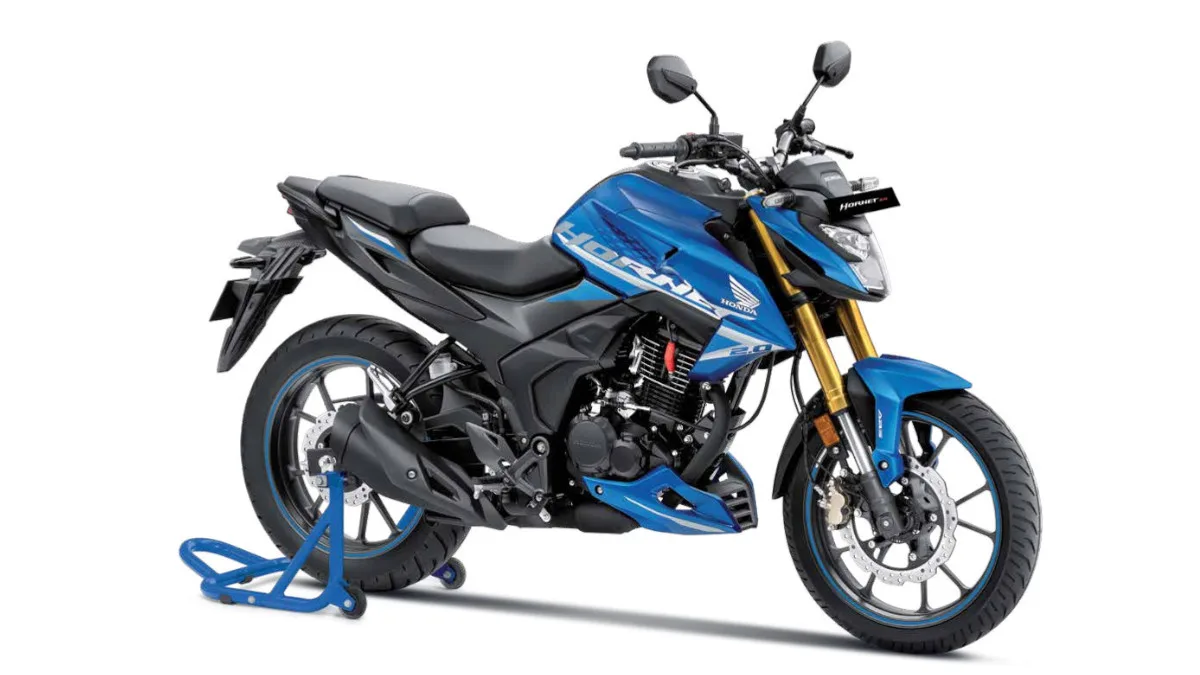The 2025 Honda CB1000 Hornet and Triumph Daytona 660 are two standout motorcycles that represent performance, style, and innovation in the mid-weight sports bike segment. Honda’s CB1000 Hornet is known for its raw power, advanced technology, and versatility, while Triumph’s Daytona 660 offers a track-focused experience with sharp handling and British craftsmanship. Both bikes are designed to deliver exceptional riding experiences, but they cater to slightly different audiences. This article delves into the key aspects of these bikes, comparing features, specifications, prices, and differences to help buyers make an informed decision.
1. Engine and Performance
- Honda CB1000 Hornet:
The 2025 Honda CB1000 Hornet is powered by a 998cc, inline-four engine, which delivers a robust 143 hp at 10,500 rpm and 104 Nm of torque at 8,250 rpm. The engine is paired with a 6-speed transmission featuring a quick-shifter for seamless gear transitions. This bike is designed for both city riding and highway cruising, offering a perfect balance between power and control. With ride-by-wire technology, the CB1000 Hornet offers multiple riding modes, including Sport, Standard, and Rain, to adapt to different conditions. - Triumph Daytona 660:
The Triumph Daytona 660, on the other hand, is equipped with a 660cc, inline-three engine that produces 81 hp at 10,250 rpm and 64 Nm of torque at 6,250 rpm. While it may not match the CB1000 Hornet in raw horsepower, the Daytona 660 makes up for it with its nimble handling and track-inspired performance. The three-cylinder configuration provides a smooth power delivery, and the bike also features a 6-speed gearbox with a slip-assist clutch for reduced lever effort.
2. Design and Aesthetics
- Honda CB1000 Hornet:
The CB1000 Hornet features a more muscular design with aggressive lines and a streetfighter stance. It comes with a full-LED lighting system, including a distinctive round headlamp, and a digital TFT display that provides vital information like speed, fuel level, and ride modes. The bike’s design is focused on providing a combination of aerodynamic efficiency and visual appeal, making it stand out as a modern, urban-friendly motorcycle. - Triumph Daytona 660:
The Triumph Daytona 660, staying true to its racing pedigree, has a more streamlined and aerodynamic design. The bike comes with a sharp front fascia, aggressive fairing, and a single round LED headlamp. The minimalist design helps in reducing drag, making it more suitable for track-focused rides. The Daytona 660 also features a fully digital TFT display with customizable layouts to display speed, lap times, and other crucial metrics.
3. Features and Technology
- Honda CB1000 Hornet:
The CB1000 Hornet is loaded with advanced technology, including a 5-inch full-color TFT display that supports Bluetooth connectivity for smartphones, navigation, and call alerts. It also features Honda’s selectable torque control (HSTC) system, cornering ABS, wheelie control, and engine braking management, all of which contribute to enhanced safety and riding comfort. The bike also comes with keyless ignition for added convenience. - Triumph Daytona 660:
The Daytona 660 may not offer as many electronic rider aids as the CB1000 Hornet, but it does include traction control, dual-channel ABS, and ride modes like Rain, Road, and Sport to adjust throttle response and traction control. Additionally, the bike’s lightweight chassis and suspension setup are optimized for precision handling, making it an excellent option for riders looking to take it to the track.
4. Suspension and Brakes
- Honda CB1000 Hornet:
The CB1000 Hornet features a Showa Separate Function Big Piston (SFF-BP) front fork and a single rear shock with adjustable preload, compression, and rebound damping. This suspension setup provides a balance between comfort and performance, whether riding in the city or on winding roads. The braking system includes dual 310mm discs at the front with radial-mounted calipers and a 256mm disc at the rear, providing excellent stopping power. - Triumph Daytona 660:
The Daytona 660 comes equipped with 41mm Showa USD forks at the front and a mono-shock rear suspension. Both are adjustable for preload, allowing the rider to fine-tune the bike’s handling characteristics. The braking system comprises twin 310mm discs at the front and a 220mm disc at the rear, both controlled by Brembo calipers, ensuring exceptional braking performance even at high speeds.
5. Price and Variants
- Honda CB1000 Hornet:
The 2025 Honda CB1000 Hornet is expected to be priced around ₹14.5 lakh (ex-showroom), making it one of the more premium options in its category. The bike is likely to be offered in a single variant but with multiple color options like Matte Black, Pearl White, and Candy Chromosphere Red. - Triumph Daytona 660:
The Triumph Daytona 660, priced around ₹10.5 lakh (ex-showroom), comes at a more affordable range than the CB1000 Hornet. It is primarily available in one variant but offers several customization options for riders looking to enhance its aesthetic or performance features. Its affordability and lightweight design make it a strong contender for those who prioritize handling over outright power.
6. Conclusion: Which Bike to Choose?
When comparing the 2025 Honda CB1000 Hornet and the Triumph Daytona 660, the decision boils down to your specific needs as a rider. The CB1000 Hornet is an excellent choice for those seeking raw power, advanced electronics, and a bike capable of both city commutes and weekend getaways. It is a more premium offering with high-end features and performance figures.
On the other hand, the Triumph Daytona 660 caters to riders who prefer a more affordable, lightweight, and track-focused bike. Its nimble handling, sleek design, and relatively lower price tag make it an appealing option for riders who enjoy spirited rides on both city roads and race tracks.
Discover more from Wheels Craze - Automotive News, EV News, Car News, Bike News
Subscribe to get the latest posts to your email.




